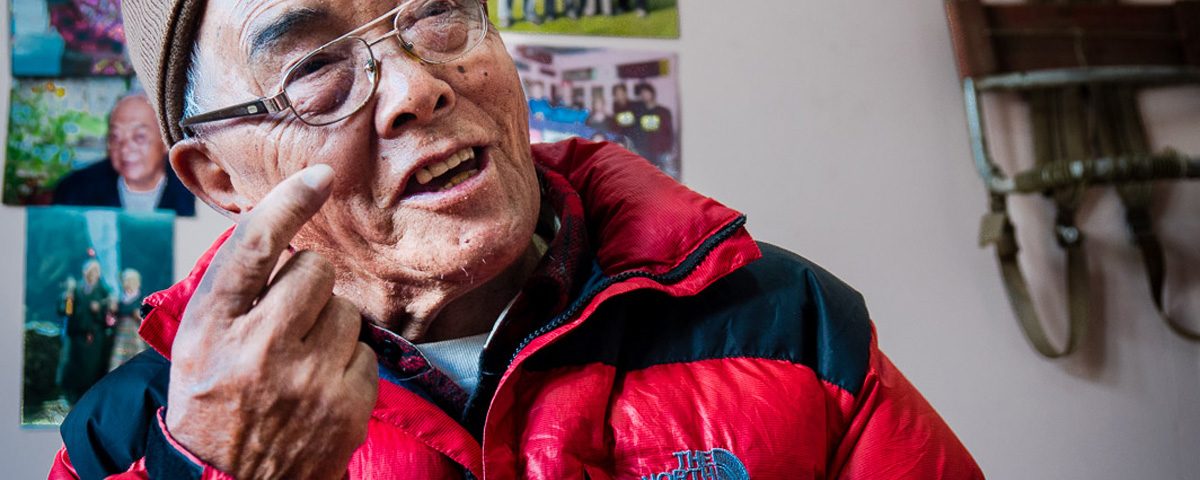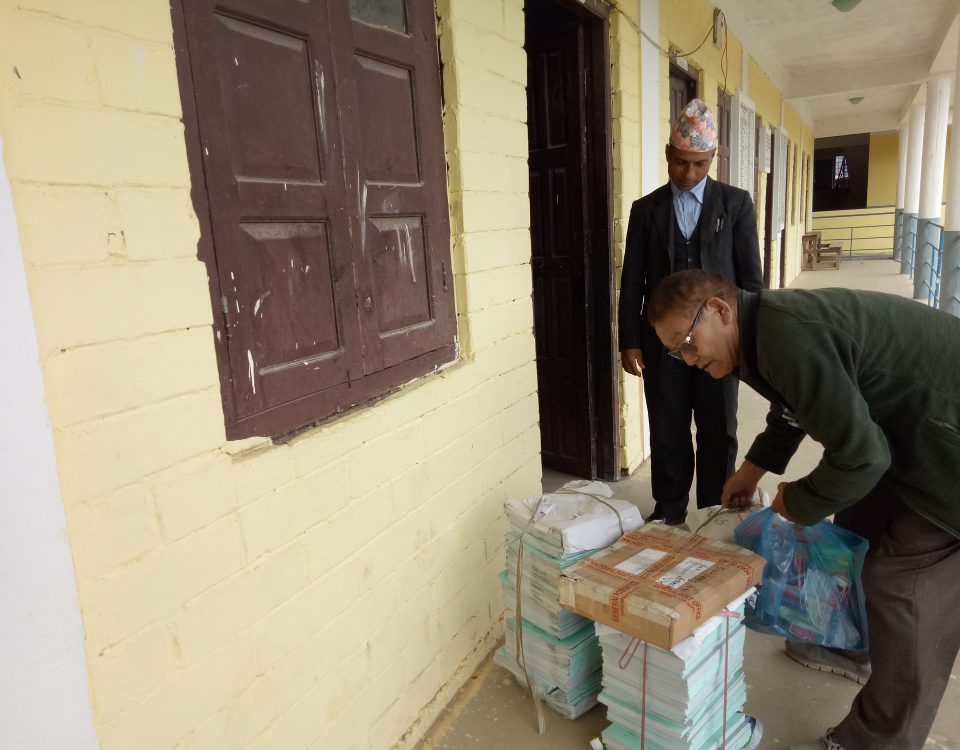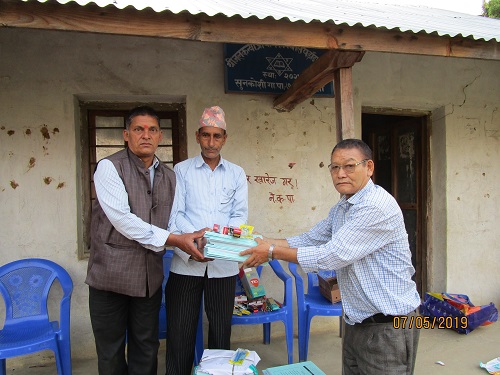
Kanchha recalls historic 1953 summit
June 11, 2017In 1953, Kanchha Sherpa was just a young boy and had little idea that he would be a part of history.
“I didn’t know much,” says Kanchha, now the only surving member of the first successful expedition to Mount Everest. “What I knew was I was on a very risk journey.”
Until then, no human being had ever set foot on top of Everest. Edmund Hillary was on a risk mission to achieve that unprecedented feat. He was backed by a group of 16 Sherpas from Darjeeling, India. And Tenzing Norgay was the leader of the Sherpas.
“Tenzing was friend of my father.” Says Kanchha, now 83. “So, he took me on his expedition. He treated me like his son. So did Hillary.”
When Hillary and Tenzing reached the world’s tallest peak, Kanchha, along with a few other Sherpas, had reached up to the south col. “We didn’t go further up,” said Kanchha. “It now feels like dream.”
After the first successful Everest ascent, Hillary and Tenzing flew to Kathmandu on a helicopter. Kanchha and the other Sherpa guides had to walk all the way to Kathmandu.
Kanchha, who went to Everest five more times after 1953, says their first ever expedition was very dangerous. “We didn’t know what lay ahead,” he recalls. “Anybody could have fallen into crevasses. Fortunately, all of us survived.”
Kanchha says there were no ropes and ladders when he first went to Everest. “We felled 20 trees in Namche and carried them all the way to the Khumbu icefall,” he recalls. “We used all the trees as ladders.”
By, 1973, when Kanchha went to Everest for the last time, Everest climbing had undergone a sea change. “There were iron ladders and strong ropes,” says he. “We also had better equipment.”
Kanchha, who now lives with his family in Kathmandu, says Everest climbing has now become much easier. “Now, the path is clear and the climbers have knowledge of the route,” says he. “Back then, we didn’t know what we could face ahead.”
However, despite better knowledge, technology and equipment, Kanchha says the risks involved in Everest climbing should not be ignored. “It’s always risky,” says he. “No matter how advanced we become.”
The recent Everest tragedy is just a reminder that climbing the world’s tallest peak is still a death-defying feat, says Kanchha. On April 18 this year, 13 guides mostly Sherpas, were killed in a deadly avalanche on Everest. There more people, who went missing in the incident, are yet to be found.
“Three of our friends are still missing,” says Chhedar Sherpa, who narrowly escaped the tragedy as he was just past the point where the avalanche crushed his friends. “Possibly later in September and October, a search will be conducted to look for for our missing friends”
The Sherpas are yet to come to terms with loss, discouraging the mountaineering organizations from celebrating the seventh international Everest Day. “Unlike in the past years, we will not be celebrating it in grand way” says Ang Tshering Sherpa, chairman of Nepal Mountaineering Associations (NMA). “We are organizing just few events to mourn the loss of human lives in the Everest tragedy.”
The Everest Day is celebrated to commemorate the successful scalping of the world’s tallest peak by Hillary and Tenzing. It was first announced in 2008 by the Nepal government when Hillary passed away.
Like last year, Kanchha is attending events to be organized by the mountaineering organizations to mark Everest Day in Kathmandu. “I now feel proud to be a part of history,” says he. “But, all of my friends who were part of our journey are no longer alive. At times, I feel lonely.”
Written by: Om Astha Rai, May 28 (2013), Republica National Daily.





